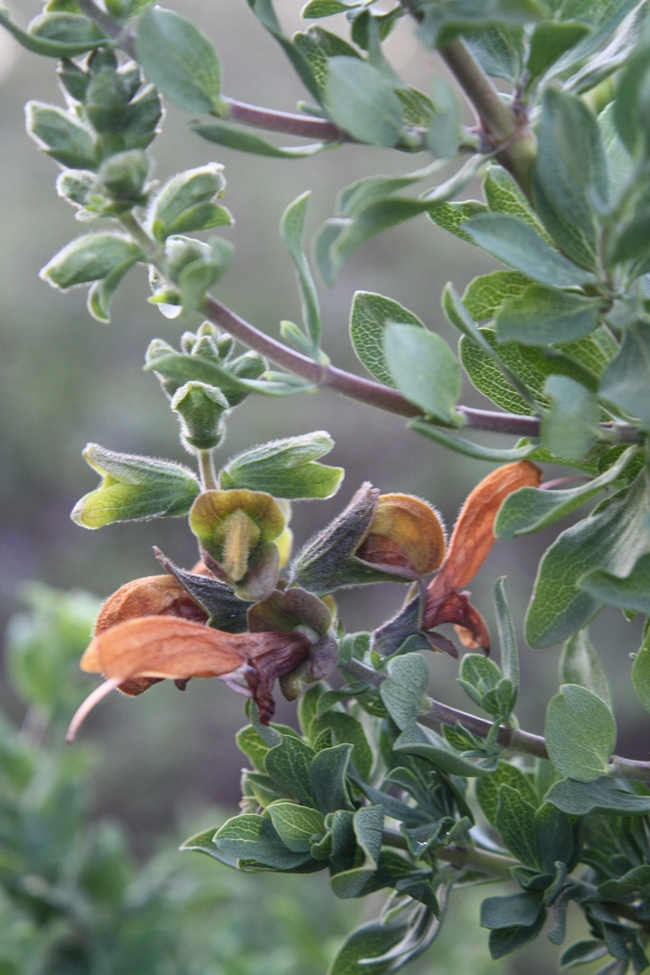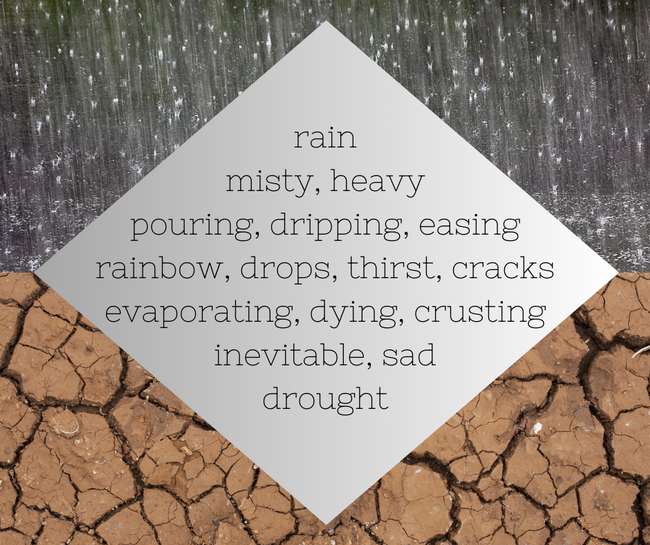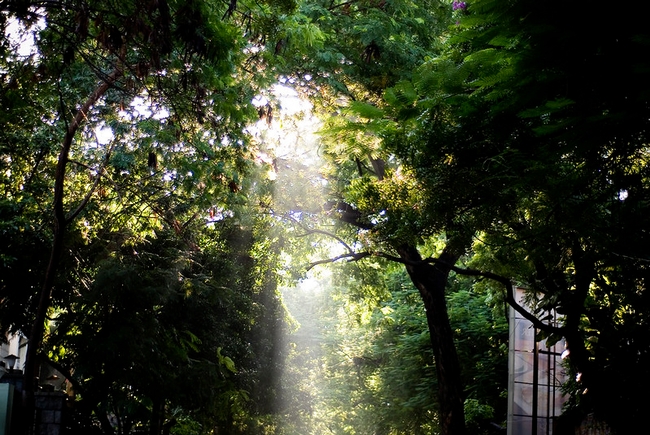- Author: Janey Santos
Understanding the microclimates within your garden can unlock new possibilities for plant growth and diversity. Microclimates, small environmental pockets within a larger area, significantly influence the success of your home garden.
As you wander through your garden, subtle variations in sunlight, moisture levels, wind exposure, and structural elements become apparent. These variations create microclimates that can determine whether a plant merely survives or thrives.
Sunlight is a key influencer of microclimates. Different garden sections receive varying sunlight due to structures, trees, or fences. Strategic placement, such as planting sun-sensitive species on the east side of a structure for morning sun protection, can make a crucial difference. Trees create shaded areas, while open spaces ensure all-day sunlight.
Moisture levels vary across the garden, influenced by factors like downspouts, slopes, and soil composition. Identify wetter spots for water-loving plants like hydrangeas and drier areas, such as slopes, for plants preferring dry conditions.
Structural elements like stone walls and concrete pathways can create unique microclimates by absorbing and releasing heat. This effect can protect frost-tolerant plants during winter, providing a cozy haven for them to thrive.
During your next garden stroll, take note of potential microclimates and consider planting options. Embracing the micro-diversity, no matter how small, expands your gardening horizons beyond imagination. Think about maximizing the use of your microclimates this gardening season.
- Author: Jalena Rusaw
In the midst of life's hustle and bustle, finding moments of peace becomes a precious commodity. Enter the world of mindful gardening, where the simple act of connecting with the soil can become a transformative meditation. Here are some ways you can delve into the therapeutic benefits of cultivating mindfulness through soil, discovering the profound serenity that lies beneath our fingertips.
The Earth Beneath Our Feet:
Step into your garden, and you step onto a canvas of potential tranquility. The earth beneath your feet holds a profound connection to nature's rhythm. As you sink your hands into the soil, you embark on a journey that extends far beyond planting seeds – it's a communion with the very essence of life.
Grounding Techniques:
Grounding, a practice rooted in mindfulness, involves connecting with the present moment by anchoring yourself in the physical sensations of the earth. In gardening, this translates to feeling the texture of the soil, the coolness beneath your fingertips, and the subtle vibrations of life within. As you engage in grounding techniques, you'll find stress dissipating and a sense of calm enveloping your being.
Digging In:
The act of digging in the soil becomes a mindful ritual. Each scoop of earth offers a tactile experience that brings you into the now. Pay attention to the resistance of the soil, the release of its fragrance, and the myriad of microorganisms at work beneath the surface. In these moments, you are fully present, cultivating a sense of mindfulness that transcends the chaos of daily life.
Connecting with Earth's Energy:
Gardening provides a unique opportunity to tap into the energy of the earth. As you plant, weed, or simply run your fingers through the soil, you absorb the subtle vibrations that emanate from the ground. This connection can foster a profound sense of peace and rejuvenation, grounding you in the midst of life's uncertainties.
The Meditative Flow:
Engage in a rhythmic dance with the soil – a meditative flow where each movement becomes a conscious act. Whether you're sowing seeds, transplanting seedlings, or cultivating the land, let the repetitive nature of these actions guide you into a state of mindfulness. The soil becomes a medium for meditation, and the garden transforms into a sacred space for inner reflection.
Creating a Mindful Garden Space:
Designate a corner of your garden specifically for mindful moments with the soil. Choose plants that enhance the sensory experience, incorporate comfortable seating, and surround yourself with elements that evoke a sense of calm. This dedicated space becomes your sanctuary for grounding and reconnecting with the earth.
In the gentle embrace of the soil, discover a source of grounded serenity that transcends the chaos of daily life.
As you cultivate mindfulness through soil, you not only nurture your garden but also nurture your own well-being, one mindful moment at a time.
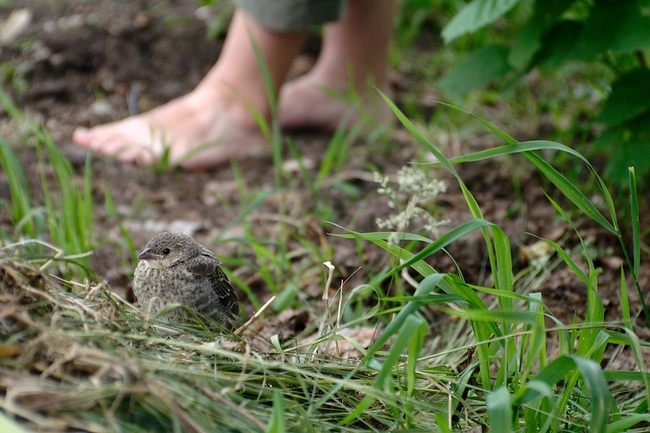
- Author: Lane Parker
When I was growing up in Southern California, one plant more than any other fascinated me. I knew the dandelion was a weed, but it was such a mysterious weed!
In its flowering stage, Taraxacum officinale (T. officinale) dotted lawns, parks and schoolyards with its bursts of bright yellow petals. But if it didn't get mowed over or trampled on first, the yellow flowers transformed, butterflylike, into round, fragile white tufts which we kids would pick and, after making a wish, blow apart, watching the individual “seeds” (they're actually the fruit) twirl away in the wind. The more of the tuft you could blow away, the better the chances your wish would come true.
Even the plant's name was mysterious. The metamorphosis from yellow flower to that fluffy white ball did make it kind of dandy. But the lion part?
Years later, my interest in language solved one of the mysteries: The dandelion was named not for any part of the flower but for the leaves, which are serrated and toothlike. The name is a corruption of the French dent de lion—"lion's tooth.” As a kid I hadn't paid much attention to the leaves—the “boring part” of the plant.
It's true that a weed is simply a plant growing where it's not wanted. Throughout human history the dandelion has been valued, used for food, herbal remedies, and beverages (there's dandelion tea and dandelion wine). And, counterintuitively, a plant can be both a weed and endangered at the same time: The California dandelion (T. californicum) is an endangered species found only in the San Bernardino Mountains, which as it happens are only about 30 miles from where I grew up making wishes, blowing the white tufts off of T. officinale, and watching them spin away in the wind.
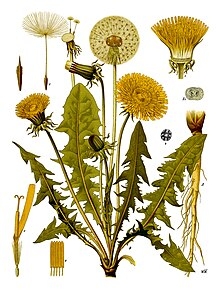
- Author: Jennifer Baumbach
Hello everyone and welcome to the UC Cooperative Extension Master Gardener blog for Yolo County, The Savvy Sage!
We are excited to share our passion for gardening with you and provide you with informative and engaging content on various gardening topics.
But first, you might be wondering, who are the Master Gardeners? Master Gardeners are volunteers who have completed an extensive training program on all things gardening. They are passionate about sharing their knowledge and expertise with the community to promote sustainable gardening practices and help others grow beautiful and bountiful gardens.
This blog will cover a wide range of gardening topics, including tips for beginners, advice on soil health, pest control, plant selection, and much more. We will also share updates on local gardening events and opportunities to get involved with the Master Gardener community.
We hope that our blog will inspire you to get out in the garden and discover the joys of growing your plants. Whether you have a small balcony or a large backyard, there is something for everyone to learn and enjoy.
So, we invite you to join us on this gardening journey and learn more about the Master Gardeners and our passion for all things green and growing. Stay tuned for our upcoming posts, and feel free to share your gardening experiences and questions in the comments. Let's grow together!
